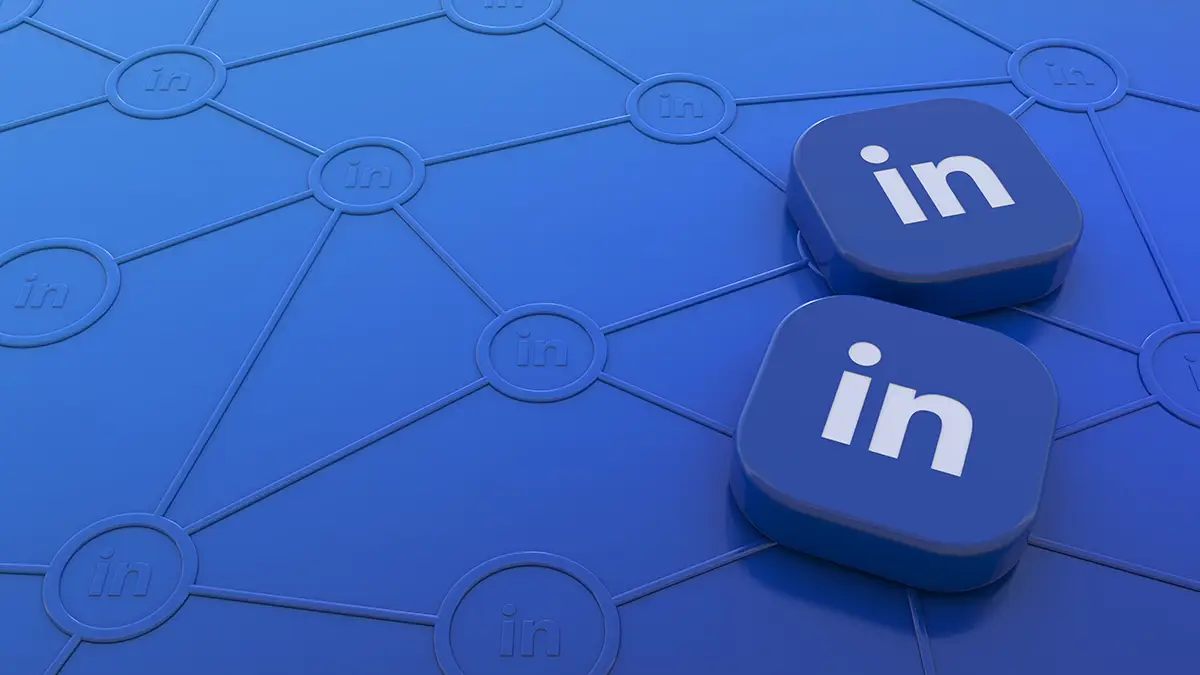
You’re a seasoned executive. You’ve led P&Ls, scaled teams, navigated market disruptions, and driven outcomes that moved needles and shifted landscapes.
So why are you treating LinkedIn like a digital business card?
Whether you’re actively se
You don’t need to “do” social media, but you do need to own your presence.
If you’re a senior leader in 2025, you already know the stakes have changed. Executive search is faster, more digital, more reputation-driven. And at the center of that shift is LinkedIn.
It’s not just a job board. It’s not just a professional Rolodex. LinkedIn has become your public leadership statement—an unspoken pitch to boards, investors, recruiters, media, and peers. Whether you’re seeking your next role or building long-term influence, you can’t afford to let it run on autopilot.
Here’s why LinkedIn matters—and how to make it work for you as an executive leader.
1. LinkedIn Is Your Digital First Impression
Before anyone emails you, calls you, or reads your resume, they Google you.
And unless you’ve built a robust digital footprint elsewhere, LinkedIn is likely the top result. That means it’s your first—and possibly only—chance to frame your narrative.
A neglected or barebones profile doesn’t just underwhelm. It raises questions.
Is this leader out of touch? Are they actively in the market? Why don’t they have recommendations? What does it say that they haven’t posted in a year?
Whether fair or not, executive presence now includes how you show up online.
A well-written, modern profile signals more than career history. It signals that you’re plugged in. That you’re visible, relevant, and confident in your leadership value.
2. It’s the Resume Before the Resume
Executive recruiters and internal talent teams rely on LinkedIn to find candidates, research them, and often decide if a conversation is worth having.
That means your LinkedIn must function like an executive summary, not a cut-and-paste resume.
Think high-level impact. Think brand. Think keywords and positioning that match the types of roles you’re after, not just the ones you’ve held.
A strong headline, tailored summary, and strategically written experience section can do more than get you noticed—they can move your name to the top of a short list.
3. Your Network Is Your Lifeline
You’ve heard it before: networks get people hired. LinkedIn is that network in action.
Referrals, introductions, speaking opportunities, and media interviews—these all originate from relationships. And the strongest relationships are often those nurtured, not just started, online.
The platform isn’t just about visibility—it’s about access. When you engage regularly, support others, comment thoughtfully, and build an ecosystem of mutual visibility, your opportunities multiply.
Executives who treat LinkedIn as a living, strategic tool (not a passive profile) consistently find themselves in better rooms.
4. You Set the Narrative—or Someone Else Will
Executives are being Googled all the time. By clients. Investors. Employees. Vendors. Boards.
If your only footprint is a dated corporate bio or a few scattered mentions, you’re letting others decide what your story is.
Your LinkedIn profile is your chance to shape the narrative. What you believe. How you lead. What you’ve built. Where you’re headed.
Do you want to be known as an operator who drives efficiency? A growth-stage specialist? A transformation agent? A purpose-driven leader with global scale?
Your profile should say so—clearly.
5. It’s Where Thought Leadership Happens
Executives who want to lead in today’s economy must be seen as more than just capable. They need to be relevant.
LinkedIn is now the easiest way to publish professional thought leadership. Whether it’s short reflections, articles, comments, or reposts with context, it’s all part of the credibility-building game.
No need to post daily or chase trends. But showing up regularly, especially with ideas that reflect your values and expertise, builds trust and authority over time.
It also ensures that when someone does land on your profile, they see a real-time signal of who you are—not a static page frozen in 2017.
6. The Best Candidates Are Already There
Even if you’re not actively looking, chances are the leaders you’re competing with are refining their brands, expanding their networks, and being seen.
LinkedIn has become the marketplace for executive credibility. That means staying passive is no longer neutral—it’s a disadvantage.
The good news? A small amount of intentional effort goes a long way. You don’t have to be a power user. You just have to be present, precise, and professional.
7. You Don’t Need to “Post”—You Just Need to Be Smart
One of the biggest myths is that executives must suddenly become content creators. Not true.
Most leaders don’t have the time (or interest) to post regularly, and that’s fine. But even if you don’t post, the rest of your profile should still be working for you.
Here’s how:
-
Keep your headline sharp and brand-forward.
-
Write a summary that sounds like you, not a generic blurb.
-
Ensure your experience section is rich in strategy and outcomes.
-
Regularly review and accept relevant connection requests.
-
Engage with posts that reflect your interests and expertise.
In short: stay active enough to stay visible. That’s all most executives need.
Final Thoughts
LinkedIn is not a vanity tool. It’s not just for the young, the jobless, or the self-promoters.
It’s your digital boardroom—the place where reputations are formed, relationships start, and opportunities open.
If you want to be seen as an executive of the moment—not just of the past—you need to be visible in the spaces where today’s leadership conversations are already happening.
LinkedIn is one of them.
Use it wisely.





